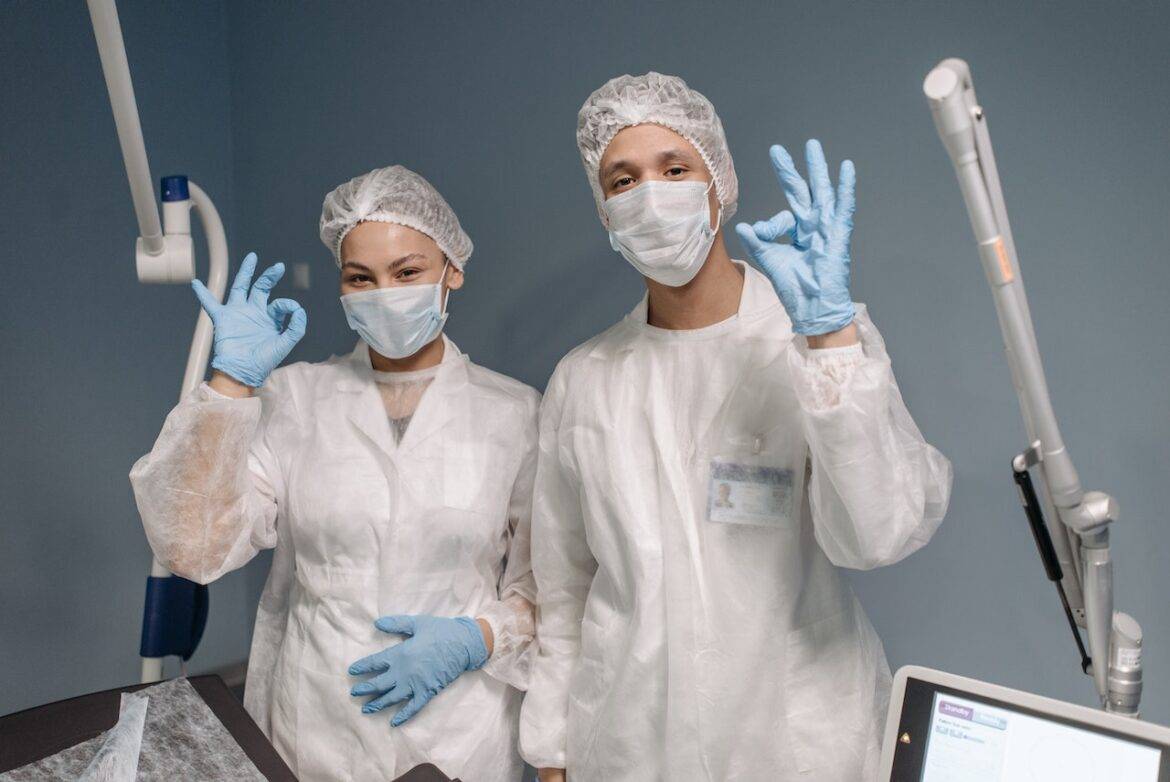Laser tattoo removal has become an increasingly popular method of removing unwanted tattoos. This procedure uses laser technology to break up the ink particles in the skin, allowing the body’s immune system to naturally remove them over time. While this method can be effective, it also carries some potential benefits and risks.
Benefits of Laser Tattoo Removal:
- Effective: Laser removal is considered one of the most effective methods of tattoo removal. This method can remove most tattoos, including those with multiple colours or deep ink.
- Safe: Laser tattoo removal is a safe procedure when performed by a trained professional. The lasers used are specifically designed for tattoo removal, and they target only the ink particles in the skin, leaving the surrounding skin tissue unaffected.
- Customizable: Each tattoo is unique, and laser removal can be customized to the specific needs of the patient. The laser’s intensity, wavelength, and pulse duration can all be adjusted to target the specific colours and depths of the ink.
- Minimal scarring: Compared to other tattoo removal methods, such as surgical excision, laser removal results in minimal scarring. This is because the laser only targets the ink particles, leaving the surrounding tissue unharmed.
- Non-invasive: Laser removal is a non-invasive procedure that does not require any incisions or surgery. This means that there is no risk of infection, and the recovery time is typically short.
Risks of Laser Tattoo Removal:
- Pain: Laser tattoo removal can be painful, with most patients describing the sensation as similar to being snapped with a rubber band. However, the level of pain can vary depending on the patient’s pain tolerance, the size and location of the tattoo, and the type of laser used.
- Skin discoloration: Laser removal can cause temporary or permanent changes in skin pigmentation. This is more common in patients with darker skin tones and can result in either hypopigmentation (lightening of the skin) or hyperpigmentation (darkening of the skin).
- Infection: While laser removal is a non-invasive procedure, there is still a risk of infection. This risk can be minimized by ensuring that the procedure is performed in a sterile environment and that the patient follows the aftercare instructions provided by the healthcare professional.
- Scarring: While laser tattoo removal generally results in minimal scarring, there is still a risk of scarring, especially if the patient has a history of keloids or hypertrophic scars.
- Multiple treatments required: Laser removal typically requires multiple treatments spaced several weeks apart. The number of treatments required depends on the size, colour, and depth of the tattoo. This can make the procedure more expensive and time-consuming than other tattoo removal methods.
Conclusion:
Laser removal is generally safe when performed by a qualified and experienced professional using appropriate equipment and techniques. However, like any medical procedure, there are some risks and potential complications associated with laser removal.
The most common side effects of laser removal include temporary skin discoloration, blistering, scabbing, and swelling. In rare cases, more serious side effects such as infection, scarring, or changes in skin texture can occur.
It is important to note that the effectiveness and safety of laser tattoo removal can depend on factors such as the type of tattoo ink used, the age and size of the tattoo, the location of the tattoo, and the individual’s skin type and health.
Before undergoing laser removal, it is important to have a consultation with a qualified professional to assess the risks and benefits of the procedure and to discuss any concerns or questions you may have.



